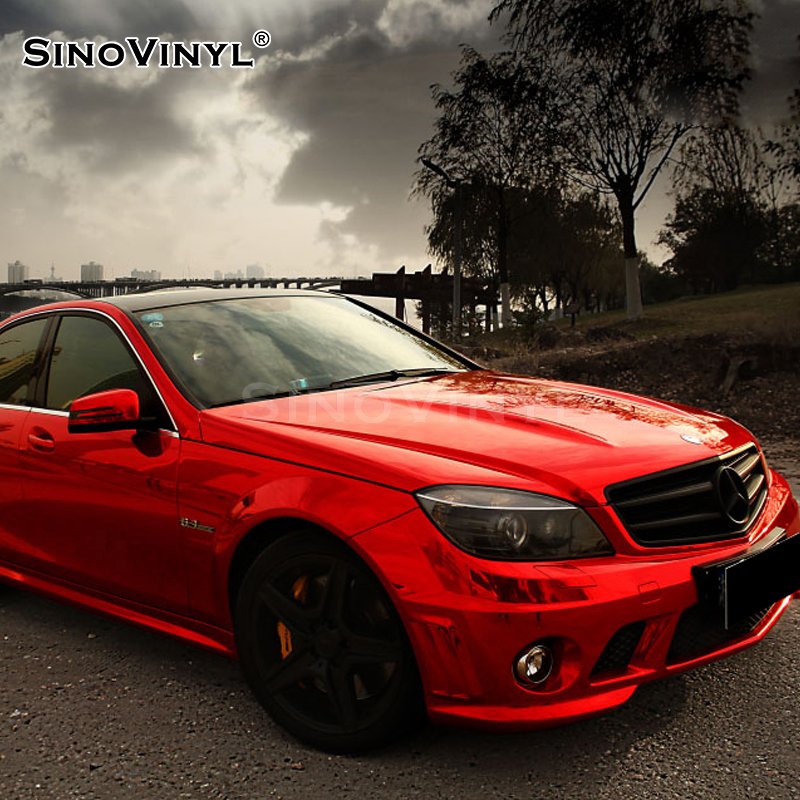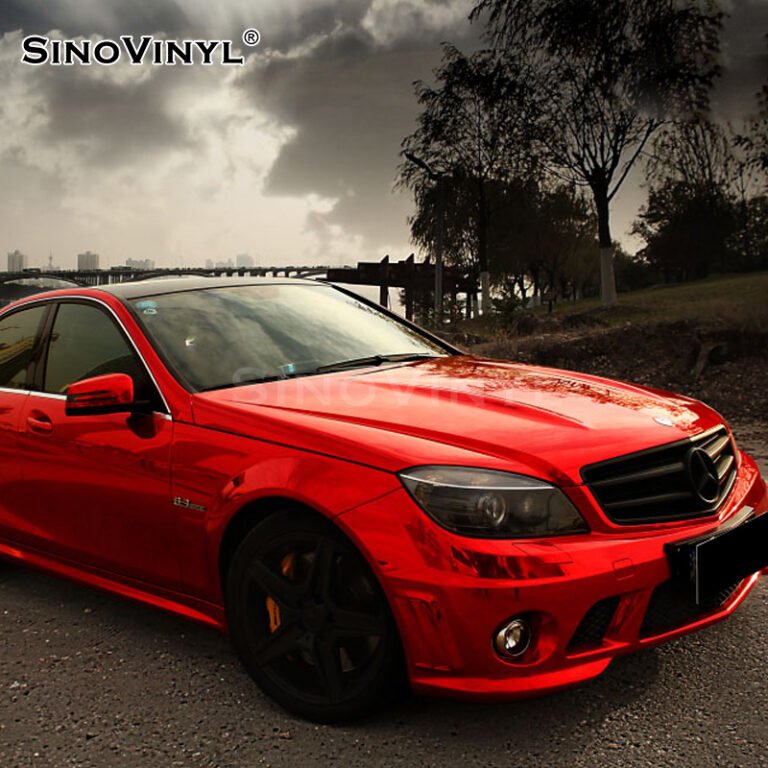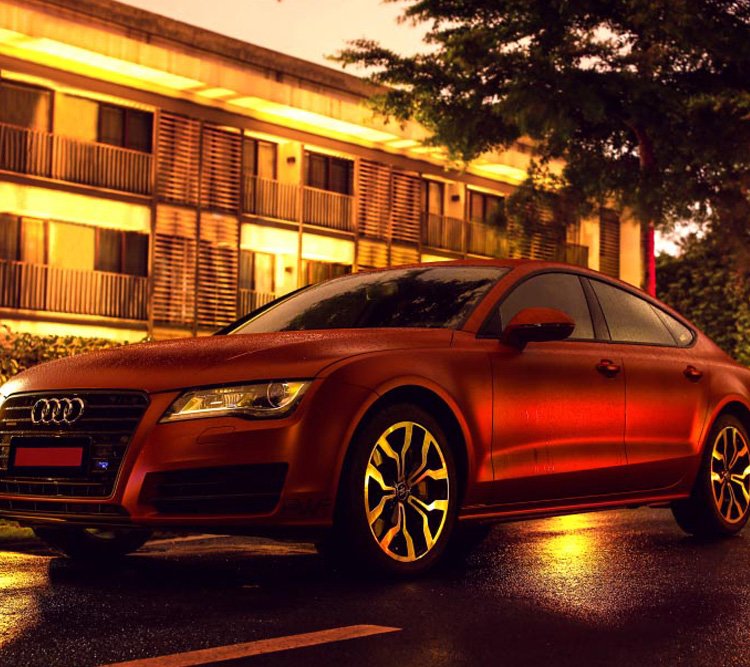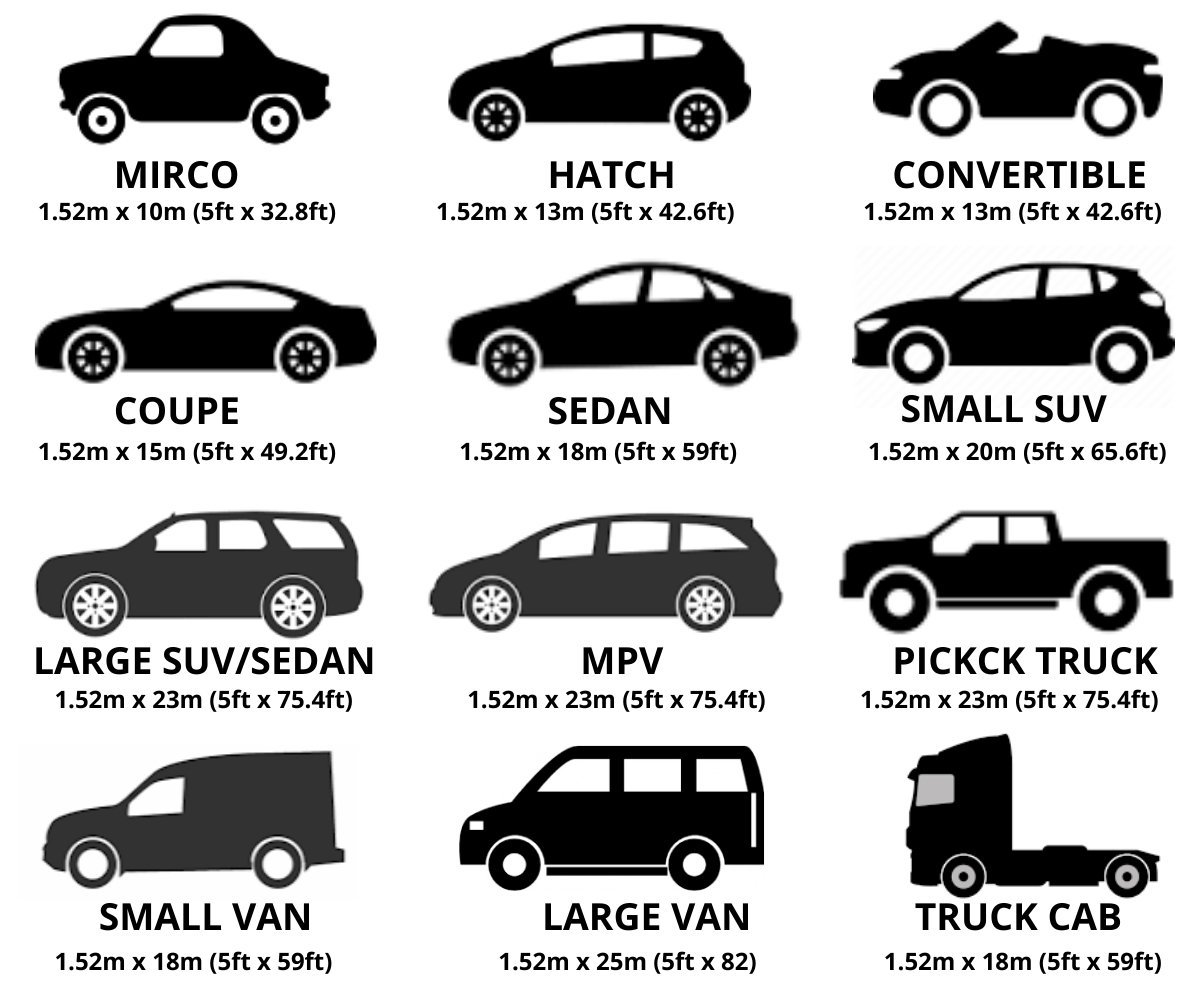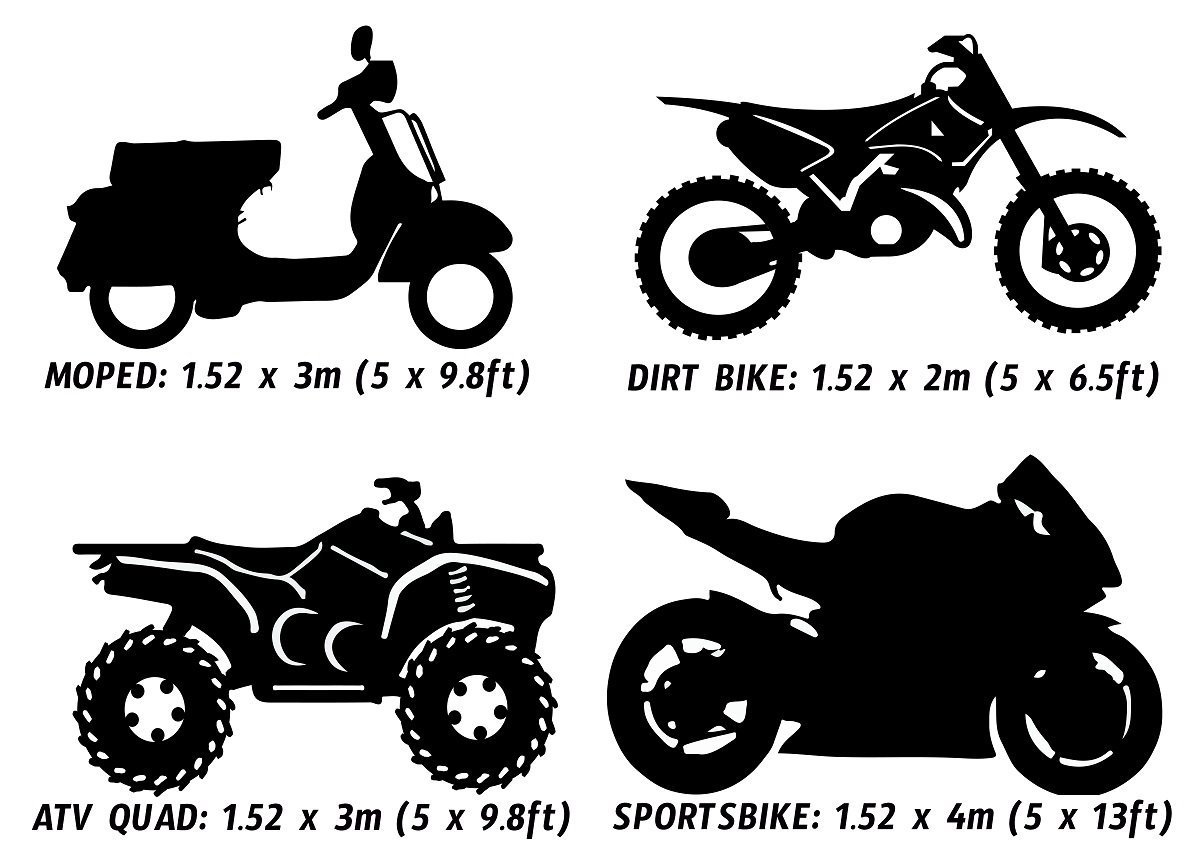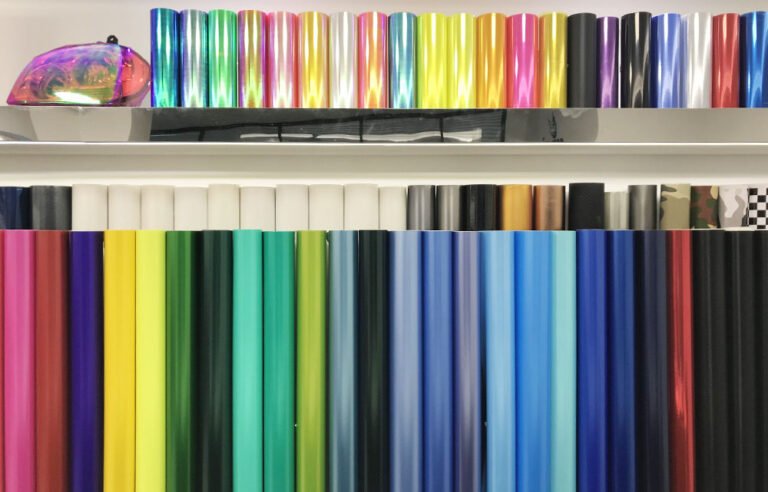1. Measure the Vehicle Dimensions
- Begin by measuring the length, width, and height of the vehicle. For vehicles with complex shapes, you might also need special measurements like the roof, rear windshield, trunk, etc.
2. Calculate Surface Area
- For flat parts of the vehicle (e.g., doors, roof, body panels), use the following formula to calculate the surface area:
[ Surface Area = Length × Width ] - For curved parts (e.g., front and rear bumpers), you’ll need extra material to accommodate the curves. Generally, adding an additional 10-15% for curves is a reasonable estimate to account for this extra material.
3. Consider Vinyl Orientation
- The directionality of the vinyl pattern can affect material usage. Pay attention to the orientation to minimize waste.
4. Summarize Calculations
- Add up the surface areas of all parts of the vehicle and then add the extra 10-15% for curved areas to get the total material needed.
5. Consider Brand and Type of Vinyl
- Different brands and types of vinyl have varying thicknesses and elasticity, which may require adjustments based on your specific needs.
6. Additional Factors
- Consider adding some extra material to account for human error and potential waste during installation.
In summary, the amount of vinyl needed to wrap a car depends on the vehicle’s dimensions, shape, and the parts you intend to cover. It’s best to consult with a professional vinyl wrapping service provider who can give you an accurate estimate based on the information you provide about your vehicle.
Let’s walk through a simple example to demonstrate how to calculate the amount of vinyl needed to wrap a car.
Suppose you want to wrap a compact car with the following dimensions:
- Length: 4.5 meters
- Width: 1.8 meters
- Height: 1.5 meters
Calculate Surface Area:
1. Body Parts:
Surface Area = Length × Width
Surface Area = 4.5 meters × 1.8 meters = 8.1 square meters
2. Consider Curved Parts:
For curved areas (e.g., front and rear bumpers), it’s typical to add an additional 10-15% of material. Let’s take the average and add 12%.
Additional Material for Curves = 8.1 square meters × 12% = 0.972 square meters
Total Material Needed:
- Total Material Needed = Surface Area + Additional Material for Curves
- Total Material Needed = 8.1 square meters + 0.972 square meters = 9.072 square meters
So, for this compact car, you would need approximately 9.072 square meters of vinyl wrap to complete the job.
Please note that this is a simplified calculation example. In practice, you’ll also need to consider factors like vinyl orientation, waste, and special parts of the vehicle to get a more accurate material estimate. It’s recommended to consult with a professional vinyl wrapping service provider for a precise estimate before starting the project.



